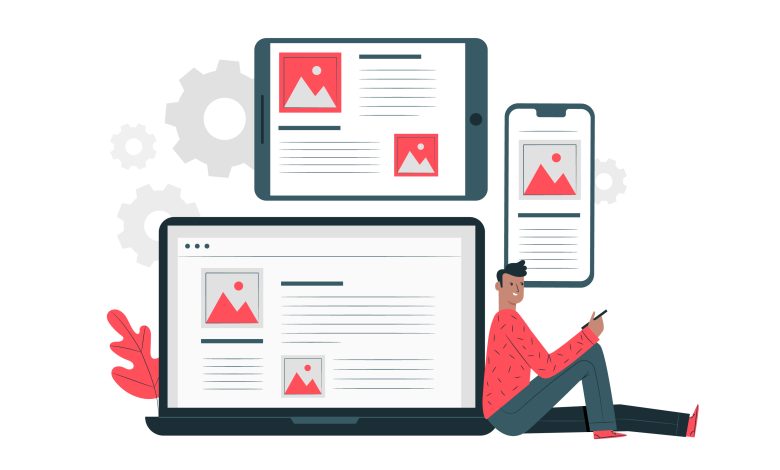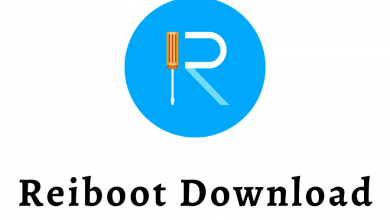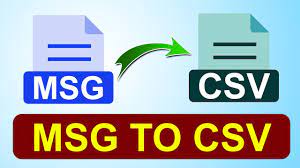10 Things to Be Aware of When Screen Recording

When screen recording, there are a few things to keep in mind. Many people don’t realize that when you record your screen, everything you do on your computer is recorded as well. This includes typing text, clicking on icons, and even opening files. If you’re recording a demonstration or tutorial, be sure to close any windows or applications that you don’t want others to see. Additionally, avoid moving the mouse cursor around too much, as this can also be distracting.
You may make films and lessons with the aid of the potent screen recording feature. While there are many different apps for screen recording, we’ve narrowed down our favorite ones for you to choose from.
Screen recorder extension
A screen recorder extension is software that lets you record your computer’s display. You can use this to make short videos or capture gameplay footage.
The usage of a screen recorder extension has several advantages:
- Simply launch the software and tap record to begin recording; you don’t need to install anything first!
- The program will automatically save files as they’re created (you don’t have to worry about manually keeping them). This means that if you need more than one video file then there won’t be any extra steps involved before sharing them online or capturing an entire session for later editing purposes (see below).
Video capture
Video capture is the same as screen recording, but you can also record audio. It’s a great tool for creating tutorials and tutorials for YouTube, social media, or your website.
Screen recording software is useful for a myriad of reasons. Small businesses can use it to create marketing videos. Gamers can use it to capture their best moments, and educators can use it to record lectures and demonstrations. Understanding the features offered by various screen recording programs is essential to selecting the right one for your needs.
Some screen recorders only allow you to record a portion of your screen. While others allow you to capture the entire desktop. Additionally, some include annotation tools, which enable you to add text or arrows to your recording. If you need to record audio as well as video, make sure the recorder you choose includes a microphone input.
Finally, think about how you’ll use the recordings you produce. If you need to share them online, make sure the recorder produces files that are compatible with popular video formats.
Full page screen capture
Full page screen capture
There are two ways to snap a screenshot of a whole page: 1) Select the area of the screen you wish to capture with your mouse’s left click, or 2) Press CTRL + Shift + S (OS X) or CMD + Shift + S (Windows).
Full page screenshot tool
A full-page screenshot tool can help you easily make screenshots with ease. The fact that it is free and has no usage restrictions is its strongest feature. So if you’re looking for a good free tool that lets users create their own custom layouts. Then this might be just what they’re looking for too.
Audio delay
Audio delay is the time difference between the sound and the video. It can be caused by a number of things. Such as your microphone being too close to your mouth or not having enough distance between it and your face (which will cause distortion).
To avoid this issue in screen recording, you’ll want to use a screen recorder with audio capture. So that you don’t have any delays in your recordings. If there are any delays present, then they will show up on both videos. The one recorded with no delay and another one recorded with a slight delay due simply to the proximity of your microphone relative to other objects around it (like chairs).
Screen recording software
For your phone, you may download a screen recorder app. These apps usually have two main functions: recording and capturing full-page screenshots. The former is useful if you want to capture what’s happening on the screen at any given time. But it won’t give you enough space for more than 5 seconds’ worth of video. The latter allows for longer recordings and more in-depth editing options. Such as adding text overlays and adjusting audio volume levels.
Other capabilities that are included as standard in the majority of excellent video-sharing apps include:
- Audio delay (you can adjust this between 0–30 seconds)
- No watermarking/no copyright information displayed anywhere on your videos (this means that viewers won’t know who made them)
Screen recorder with audio and camera
There are a lot of screen recorder software programs on the market. But, not all of them come with audio and facecam recording features. The finest screen recorder software that does have such characteristics will be covered in this post.
The many different types of screen recorder software and those that include audio and facecam recording tend to be more user-friendly. They make it easy for you to record your voice and your facial expressions while you are recording your computer screen. This can be especially helpful if you are creating a tutorial or demonstrating how to use a specific program or application.
No watermark
- Watermark
If you’re going to put a logo on your screen recording, it should be in the form of an icon or small text. Nobody should be aware that you produced this film specifically for them, right? The only thing worse than giving away information about yourself is giving away information about your company or product. And that goes double if there’s no watermark or branding on the video itself (as we’ll see later).
Screenshot taking and advanced editing
- Screenshot taking and advanced editing
- To take a screenshot on your computer, press the Windows key + PrtScn or Shift + PrtScn to take screenshots of everything on screen. If you’re using a Mac with that same key combo, hold down the command (command+shift for 10 seconds). This will also work for Chromebooks with touchscreens. Just tap three fingers together in lieu of pressing a button.
- Advanced editing: After taking your screenshots, it’s time to get into the nitty-gritty details! You can do this by clicking File > Export as Image File… and choosing where you want it saved (e.g., Desktop).
You can get all your screen recording needs meeting without having to get a bunch of different apps.
You don’t need to get a bunch of different apps. There are many screen recording apps out there, and the best part about them is that they all do pretty much the same thing. For example, both Recorder+ and RecordMyDesktop can record your desktop from your computer or laptop screen. You can use either app on Windows or Mac computers (and Linux).
The reason why these two apps are so similar isn’t that they’re trying to be cloned. They’re actually built from the ground up as utilities for doing exactly what you need in order to make screencasts like this one. So if you want something simple but effective for simple tasks. Like recording yourself talking on your computer’s monitor (or webcam). These two options will work perfectly fine without any additional costs or hassle involved with getting everything set up correctly first before recording starts working properly afterward.
Conclusion
An excellent technique to make videos that are simple to distribute and edit is screen recording. Today’s technology makes it simple and intuitive. But there are still some things you should know before starting your first project. This article has given you tips on how screen recording works. As well as some tools that may come in handy for those who want to get started.




